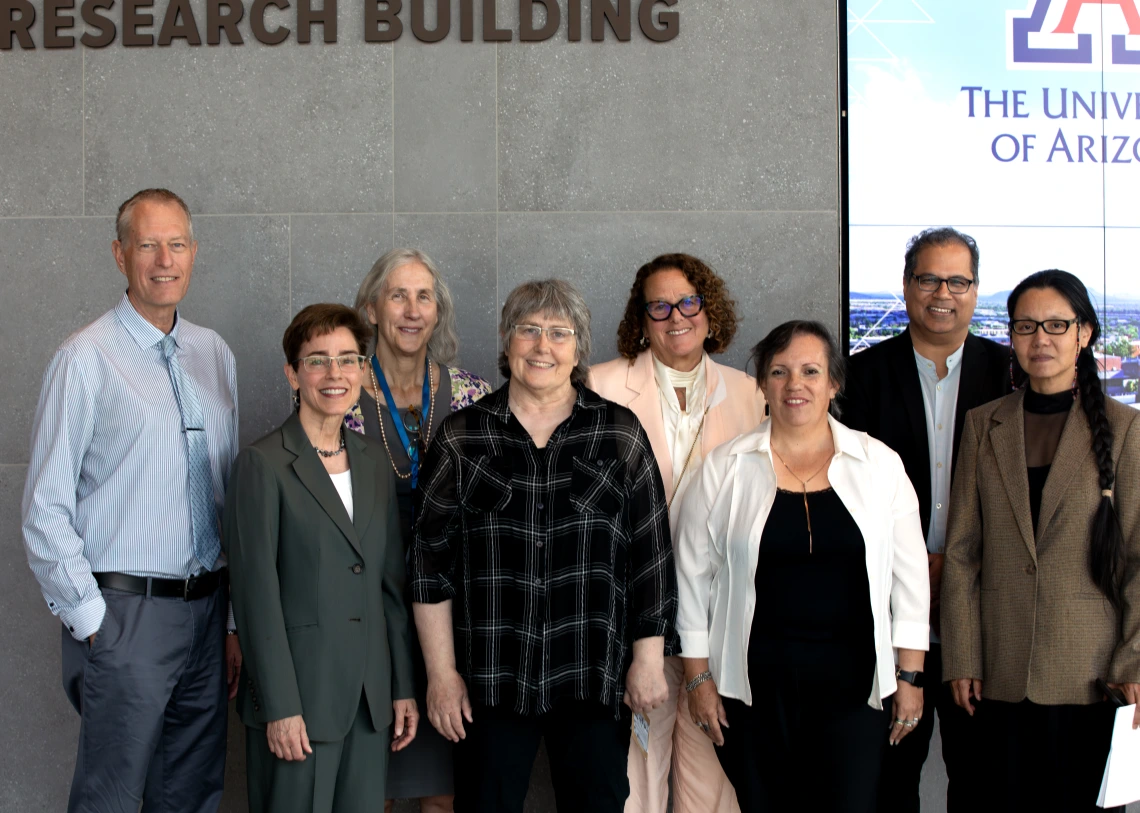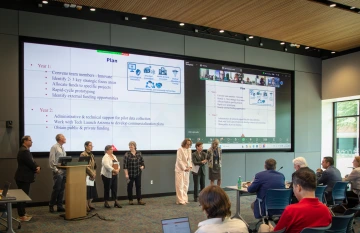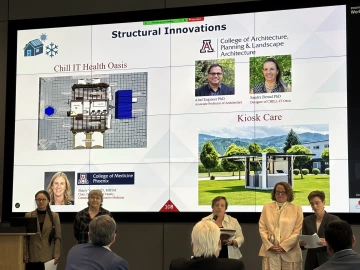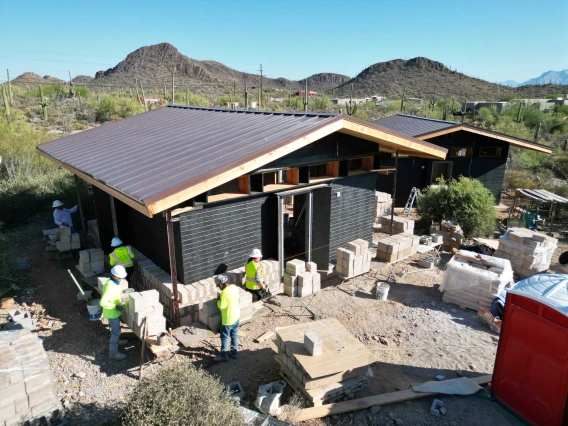CAPLA Faculty Awarded $250K to Start Heat Consortium

Leslie Hawthorne Klingler, Research, Innovation & Impact
Associate Dean for Research Bo Yang said this support comes at a crucial time.
“At the federal level, the funding landscape has been drastically changed,” he said. “It is more difficult right now to get funding.”
According to Bernal Cordova, this proposal’s goal is to create tangible, community-centered solutions that address the urgent and growing threat of extreme heat in Arizona, with the potential to transform how communities around the world prepare for and respond to extreme heat events.
Heat extremes in Maricopa County resulted in 645 deaths in 2023 and 602 deaths in 2024, and a recent study found that an extended power outage during the summer in Phoenix would more than double heat-related deaths and require over half the population to seek medical attention.
“I think it’s great timing for people to recognize the importance of designing the built environment to be more sustainable to mitigate urban heat,” Yang said.
The HHRIC team is organized into four innovation teams, each tackling a key aspect of heat-health resilience and complementing the efforts of the already renowned Heat Resilience Initiative led by Keith:
- Developing wearable biosensors to monitor high-risk individuals and alert outreach teams when heat-related conditions worsen
- Creating movable, energy-independent structures that provide cooling and care in vulnerable communities (Built Environment Innovations Team)
- Working on health system algorithms to identify at-risk individuals and deliver early warnings and interventions
- Developing AI-powered educational tools to train healthcare providers, public health professionals and the public on how to prevent and respond to heat-related health risks
As co-leads of the Built Environment Innovations team, Engineer and Bernal Cordova are focused on the design, prototyping and deployment of critical structural solutions:
- CHILL-IT Health Oasis is a self-contained, solar-powered and movable structure that expands access to cooling centers and essential health services during extreme heat and environmental emergencies by providing a rapidly deployable, climate-controlled space for rest, hydration and basic medical care
- Kiosk Care is a compact, self-contained unit with telemedicine capabilities and a medical vending system that provides access to common medications, preventive health products and diagnostic tests, helping to prevent heat-related illness and death in rural and under-resourced areas by making basic healthcare more accessible
“These structures are more than shelters, they are critical infrastructure that enable the delivery of medical care, hydration, monitoring and education,” Bernal Cordova said.
This financial support from the university affirms the team’s mission to create more climate-adaptive and health-supportive environments.
“It allows us to demonstrate how architectural innovation can directly contribute to public health outcomes and infrastructure resilience,” Engineer said. “Most importantly, it positions our college and Healthy Designs Lab at the forefront of a national and global conversation about how to design for survival and well-being in an era of climate extremes.”
While the HHRIC strives to address this pressing issue in Arizona, the impact will hopefully be felt anywhere dealing with a heat crisis.
“The innovations we are developing are not only designed for immediate impact in the Southwest but are also adaptable for global application, including in regions facing similar climate stressors and even in future global and space exploration scenarios,” Bernal Cordova said.
Yang is proud of the role CAPLA played in getting this meaningful project off the ground.
“The team did a great job of advancing these heat mitigation strategies, not only at the planning and design level but also at the policy intervention level,” he said. “I really think the impact of this is far-reaching.”





